Latest Articles
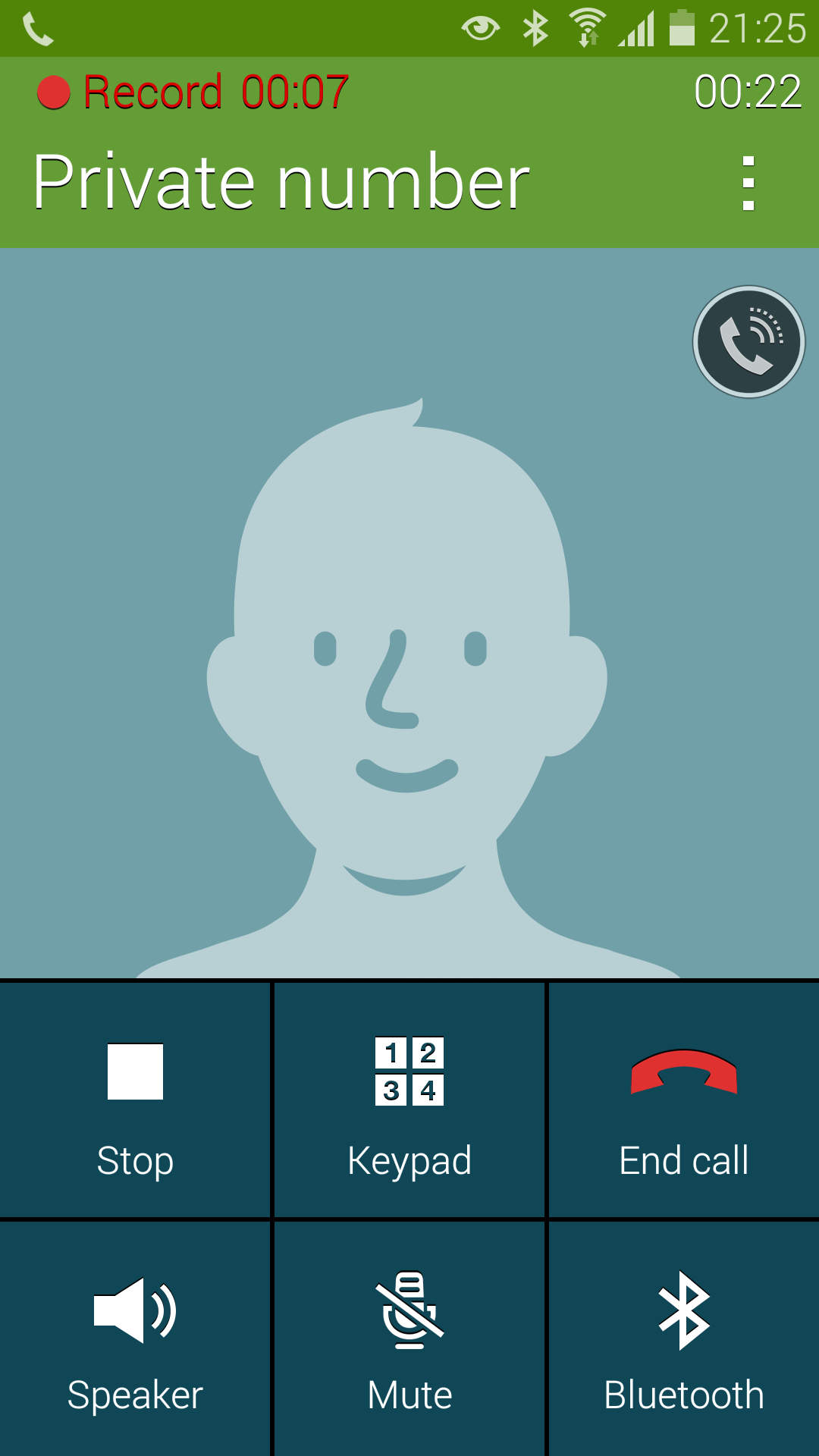
Enable Call Recording on Your Samsung Galaxy S5
Comprehensive guide offers three simple ways to manually enable call recording on the Samsung Galaxy `S5.
Call Recording is a feature used by a lot of people for a variety of different reasons. Unfortunately for users of certain devices, the feature isn't always available by default. This is true in the case of the Samsung Galaxy S5. And although the feature is there, it's not accessible without a little modification by the end user. There are various ways to enable this functionality, the simplest probably being the use of an Xposed module. But for some people, that may not be an option. So for those of you who do not or cannot use Xposed to enable call recording, help is at hand.

Team Win Recovery Project, or TWRP for short, is one of the most popular custom recovery options available. It offers support for a wide variety of devices both new and old. It has all the features that you would expect to find in a recovery, as well as a whole lot more. One such not necessarily essential, but nonetheless welcome feature is support for custom themes. While a recovery might not be the first thing on everyone's list of things to theme, I suspect that a few of you out there spend just as much time looking at recovery as you do actually using your device.
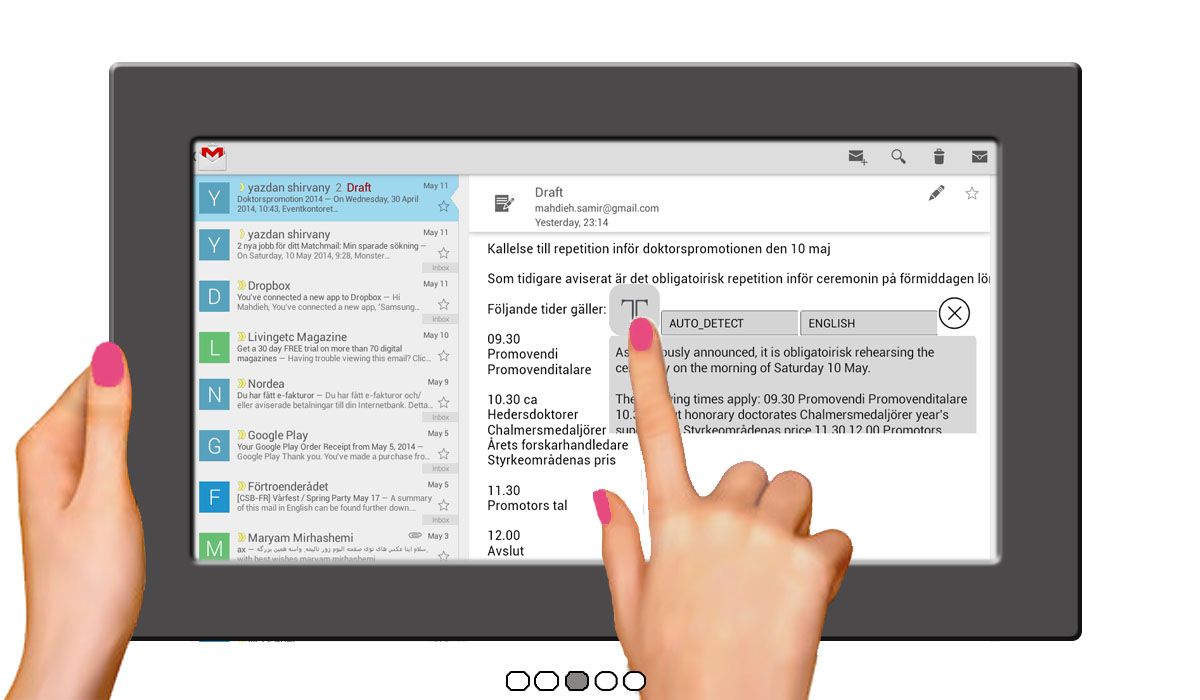
These days, it's relatively simple to take something in one language and translate to another. Whether it's via a dedicated translation site, mobile application, or through your browser, we rarely find ourselves struggling to discern the meaning of an unfamiliar language these days. However, it can still be a little cumbersome to find a translation when using a phone or tablet, as this often requires you to switch back and forth between applications. In App Translator by XDA Forum Member YaziAndroid looks to change that.
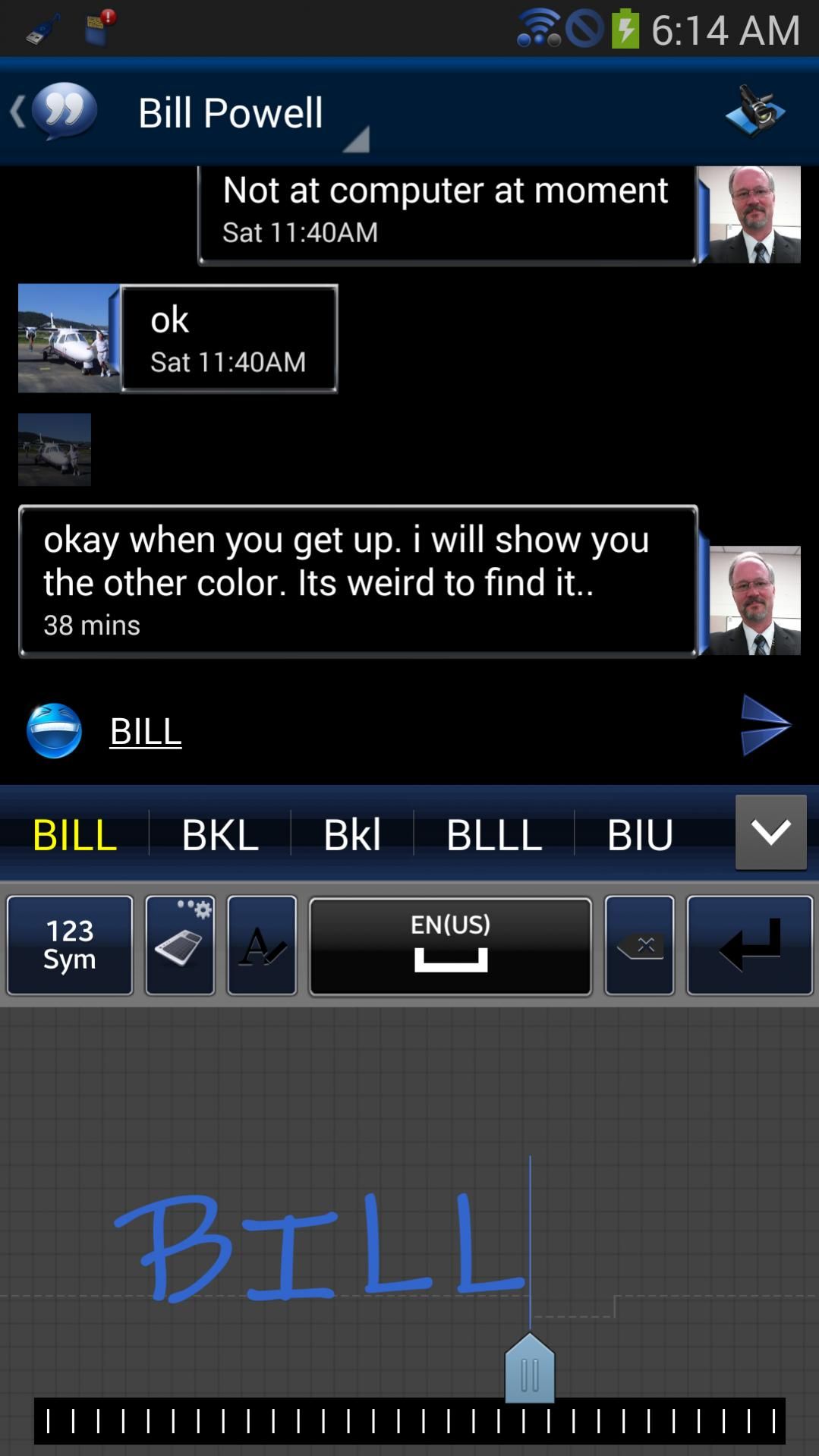
Custom-themed Google keyboards are all well and good, as the first-party Google keyboard has really come leaps and bounds with the last few iterations of Android. Some devices though, the Galaxy Note II for example, come with a pre-installed keyboard that is perfectly suited to the device and gives users multiple reasons to stick with the OEM offering rather than a third party option.
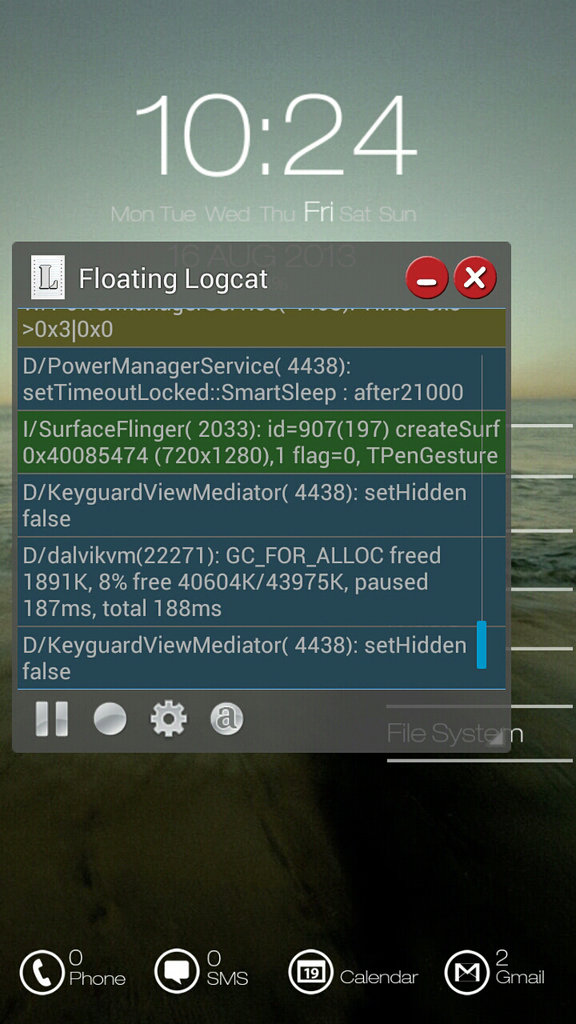
As we've mentioned before, there are no shortage of options available when it comes to logging what your device is doing. Whether it's for the purpose of debugging or reporting an issue and you want to grab a log via PC or straight from the device, your options are myriad. If you prefer to use an application on the device itself to see exactly what's going on, here's a little something that you might just want to check out.
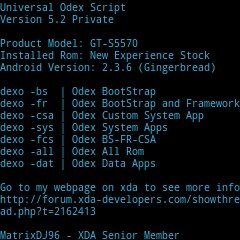
The age old debate over the benefits of an odexed or deodexed ROM is one that will continue to divide Android users. And at the end of the day, it comes down to a case of horses for courses. Some may prefer the ease of customization that is offered by deodexing, while others will no doubt prefer the overall feeling of speed and responsiveness that comes with an odexed ROM. Thankfully, there are plenty of options out there for anyone looking to dabble in this process.
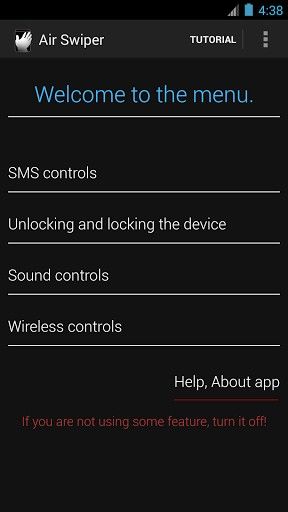
Gesture-based controls are something that certain manufacturers have made noise about for a while now and continue to do so, as demonstrated by some of the features of the much anticipated Moto X. Independent developers have also been making the most of the possibilities presented by the proximity sensors and accelerometers in nearly all modern devices. There are any number of reasons why you might want to be able to access a certain function of your device without actually touching it, and thanks to applications such as Air Swiper by XDA Forum Member helmanss, you can.
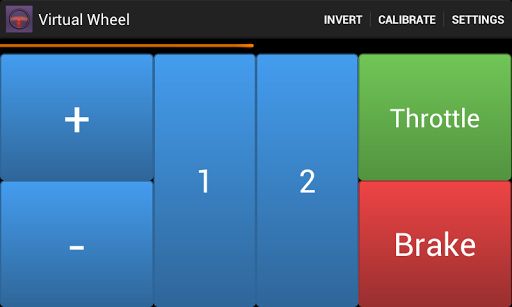
If you happen to be a casual PC gamer with any interest in driving games, you might often find yourself frustrated with the control setup but unable to justify the cost of an analog controller. Well, why not just use that old Android phone or tablet you've got lying around collecting dust? Virtual Wheel by XDA Forum Member tincanman is an application that will allow you to do just that.

There are quite a few drawing and painting applications available for Android. They range from the incredibly basic ones aimed at kids to more full featured applications that allow you to create works of art on your mobile device---that is of course assuming that you have some artistic ability to begin with. The vast majority of these apps though are intended to be used for general free form doodling. Let's 8-Bit Art by XDA Forum Member CraZyDecigames is a little different in that respect.
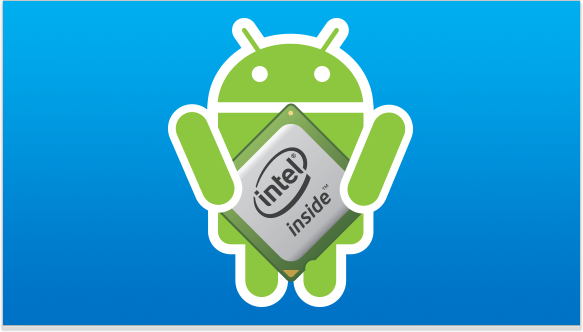
The Acer Iconia W700 is a perfect blend of the tablet form factor and ultrabook specs. Sure, it's a little heavier and chunkier than your average Android tablet, but that's the price you pay for having the power of a full desktop OS like Windows 8 at your disposal. Well, at least it is if you want that experience out of the box. You could always take you're existing Android tablet and use something like the Linux on Android Project.

The recently released Google Edition Galaxy S4 has been generating a lot of excitement since being announced. What a lot of people did not see coming was Jelly Bean 4.3 leak. Despite containing only a few minor changes likely that would affect the average end user, there may well still be a few differences under the hood that we are yet to discover.
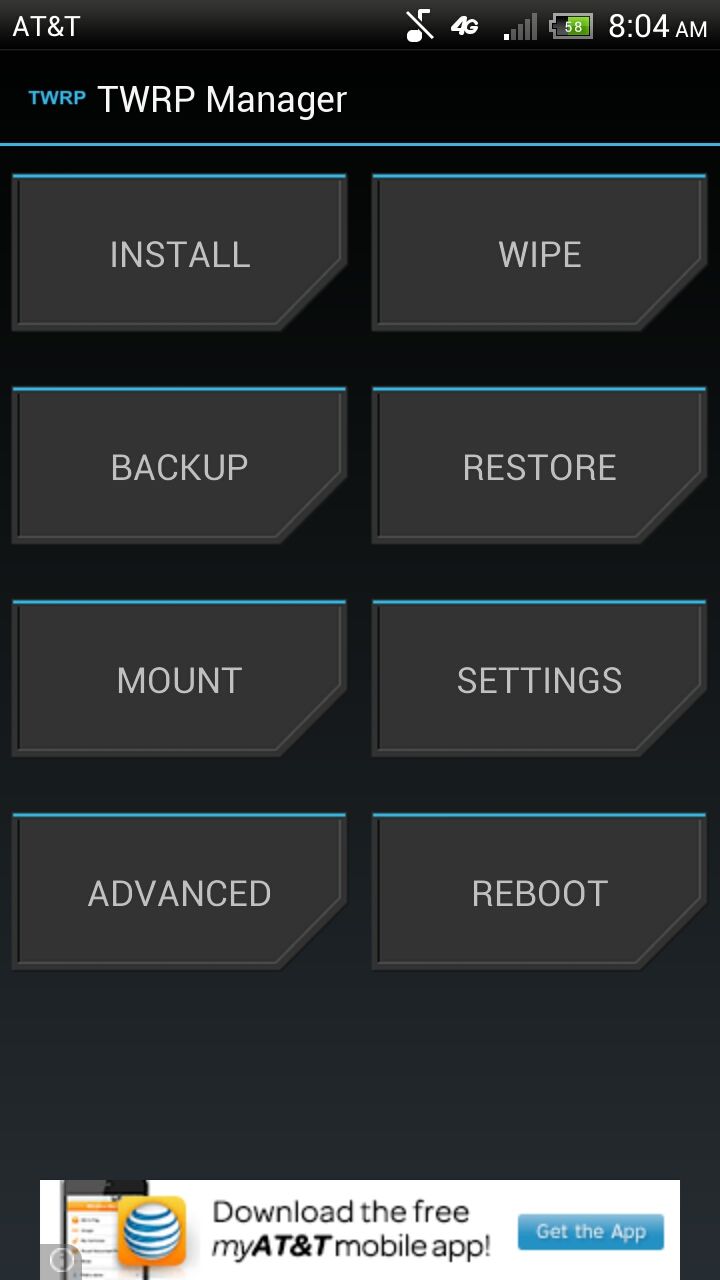
A custom recovery is an incredibly useful tool for anyone who wants to make the most of his or her (rooted) device. Even if you aren't a fan of custom ROMs or kernels, you probably still use a custom recovery if for nothing but the ease of backing up and restoring your device. There are of course many other reasons why you might find yourself diving in and out of recovery, and that is a process which can become tedious.
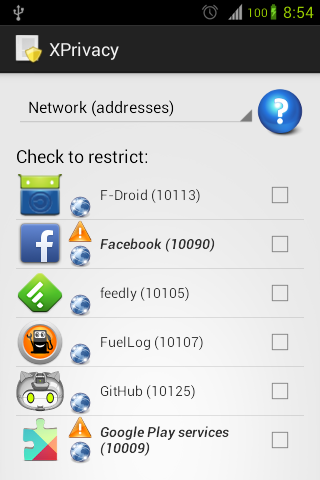
There's no denying that privacy is a huge concern for a large number of mobile users across all operating systems. Short of smashing your wireless router and trading down to a 3310 that's kept in a lead-lined box until you need to make a call, it can be incredibly difficult to keep track of where, when, and to whom your personal information is divulged.
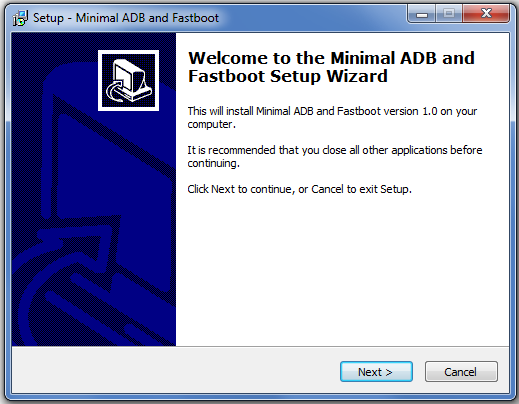
ADB and Fastboot are two of the most indispensable tools for manipulating and modifying your Android device. Offering the ability to perform all kinds of actions ranging from simple operations such as pushing and pulling certain files to unlocking bootloaders and flashing custom recovery images, these two tools are something that nearly everyone who has tinkered with an Android device in some way has been exposed to.
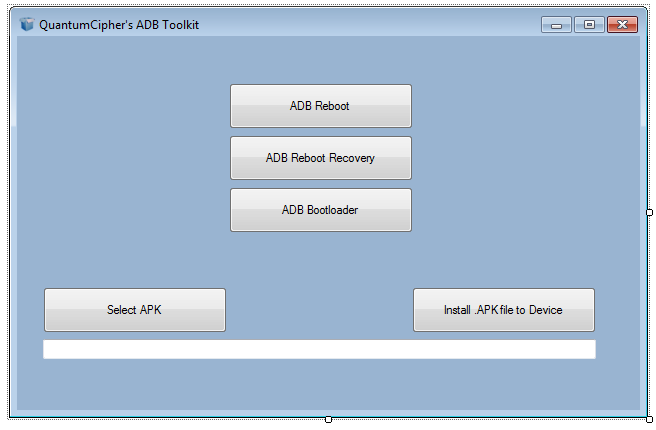
You may remember that a while back, we brought you news of a guide for creating your own Android utilities for Windows. Although fully functional and incredibly simple to put together, command line utilities can often feel a little rough around the edges. If you have your own custom tool but would like to make it look a little more polished, this might be of interest to you.
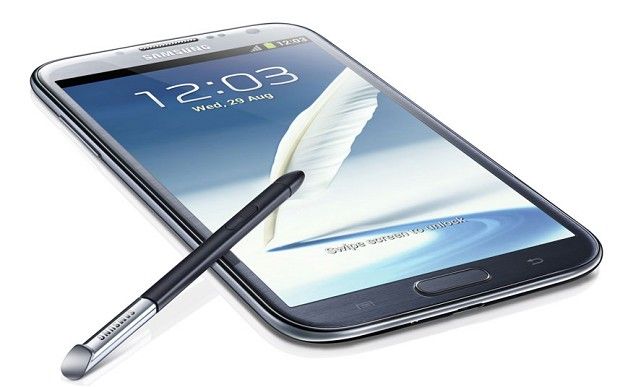
We don't usually cover individual custom kernels here on the Portal for the simple reason that thanks to the development community, there are so many great options available that we wouldn't have time to cover anything else. However, every once in a while, a kernel developer brings so much awesome to the table that it would be downright rude of us not to sit down and stuff our faces until we are fat and happy. Devil Kernel by XDA Recognized Developer DerTeufel1980 definitely falls into that category.
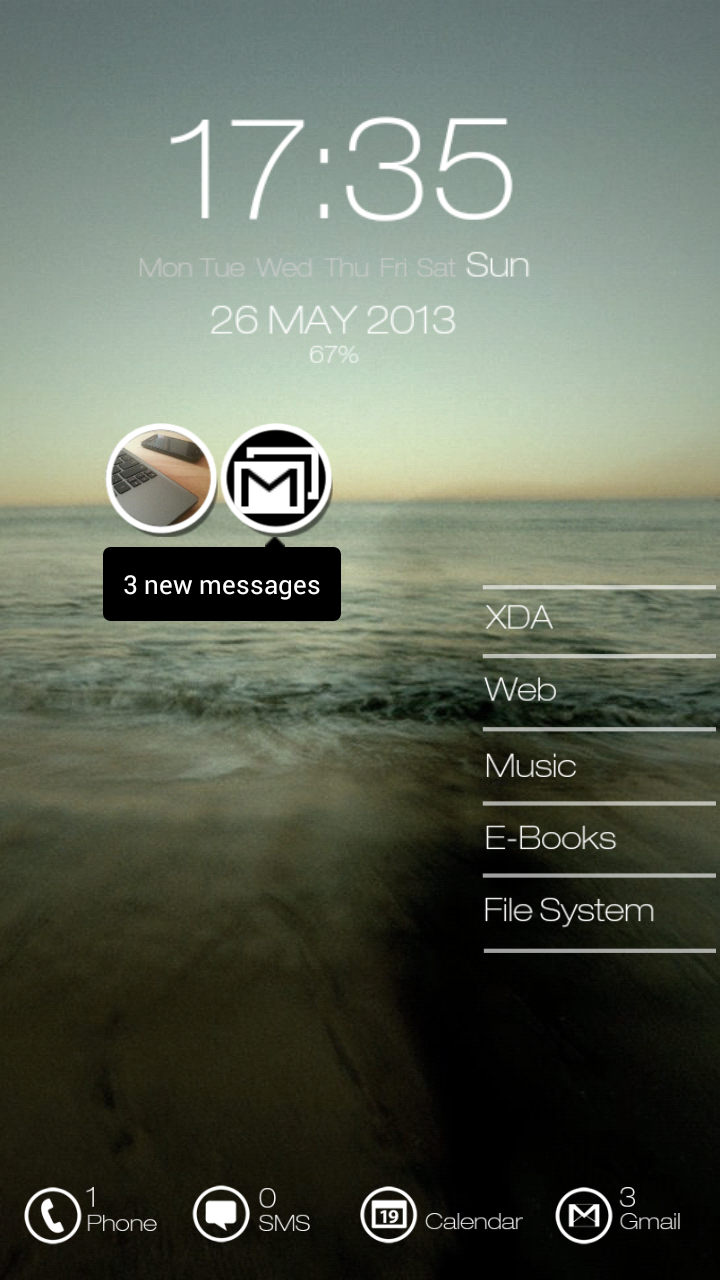
Accessing your notifications is already pretty simple and requires little more than a swipe down from the top of the screen, unless of course you prefer to run applications in full screen or make use of some kind of extended desktop option. In these situations, it can often mean moving away from the app you are currently using which can be a nuisance. There are a few ways around this.
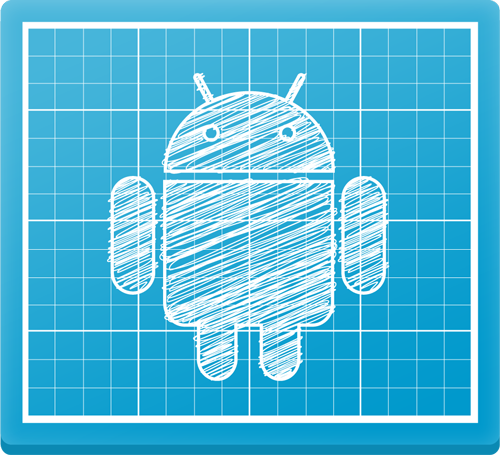
Every so often, an OEM will do things right. Well, nearly right anyway---right enough at least for their stock ROMS to only need some minor tweaks before they are almost perfect. More often than not though, these tweaks are things that can be tricky to implement for the average user---a user who will often find himself looking to install a custom ROM that is pretty close to stock with these desired tweaks added in. Usually that means downloading a pretty large file and then following the obligatory backup/flash/restore process that many of us now have down to a fine art. It shouldn't have to be this way though, and luckily it isn't. You just might not know it yet.

We've previously covered step-by-step guides on how to compile your own kernel from source. Simply compiling some readily available source code though is only half the battle. For there to be any benefit of compiling and flashing your own kernel, you're going to need to make some modifications. Which particular changes you make is of course entirely up to you, and there are a huge number of improvements that can be made at kernel level to improve the performance of any given device. If you're at the stage of having compiled your own kernel but are a little unsure of where to go from there, XDA-University has a guide which will be of interest to you.

It used to be the case that whenever you wanted to use ADB or FastBoot with a device, you were required to install a specific driver for each device. For anyone regularly flashing several devices or developers who test on numerous different phones and tablets, this could prove to be something of an inconvenience, especially when setting up for the first time and having to hunt around in a dingy corner of an OEM website looking for the correct driver. Thankfully, things are somewhat simpler nowadays thanks to several different solutions to this old issue.

